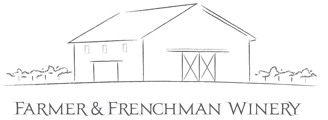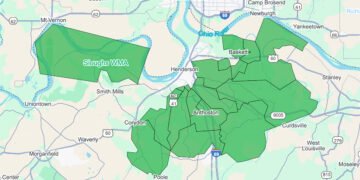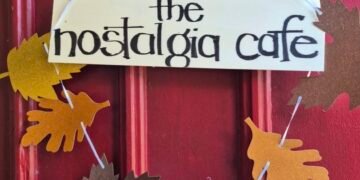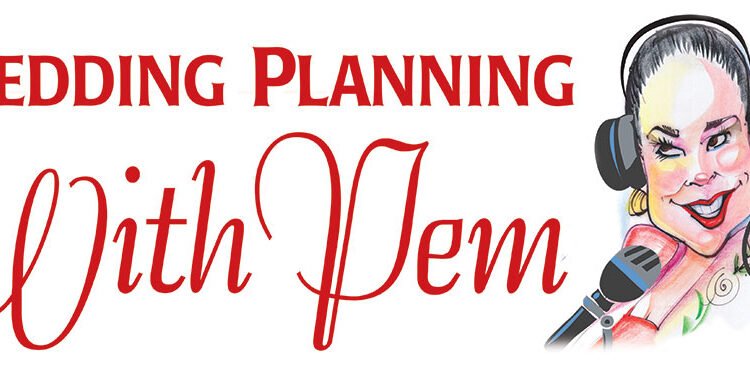(This column first appeared in the October print edition of the Hendersonian.)
The art of writing notes has a fascinating history that spans centuries! Ancient Egyptian and Chinese cultures exchanged skillfully etched goodwill messages on delicate pieces of papyrus—long before the conveniences of modern communication. In the 1400s, the tradition of sending notes flourished. It became a charming way for guests to express their gratitude after being welcomed into someone’s home. In the United States, the art of greeting cards and thank-you notes gained momentum with the invention of the postage stamp in 1840. By 1856, the mass production of these heartfelt messages made it easy for everyone to send thank-you notes for weddings, showers, parties and gifts.
While letters still have their place, the undeniable elegance of a thank-you note remains a vital part of modern etiquette. Both sender and receiver reap tremendous benefits from this simple act of gratitude. Research shows that expressing thanks uplifts our spirits and brings physical and emotional wellness. Sincere words from a grateful heart can lower blood pressure, boost serotonin levels and foster a refreshing sense of calm. Your words have the power to brighten someone’s day!
The art of writing a thank-you note starts with a few essential supplies. First, you’ll need note paper. You have countless options, from elegant heavy cardstock to fun stationery that you can easily customize with just a click! Next, grab a pen. Do you have a favorite ink color or know the recipient’s preferred shade? Adding that personal touch will make your thank-you note even more special. Don’t forget the stamps! You can easily find a variety of designs online or at your local post office. If you’re feeling creative, consider ordering custom stamps.
Once you have your paper, pen and stamps ready, it’s time to write your thank-you message. Start by addressing the recipient by name. Then, express your heartfelt gratitude and explain the reason for your thanks. Share the emotions that made you feel truly appreciative. Be specific by mentioning the gift you received and the guest’s attendance. When writing a thank-you card, consider sharing how you plan to use the gift. For example, if a guest gave you a blender, express your excitement about making delicious breakfast smoothies. For thank-you notes regarding cash gifts, include specific plans for how you intend to use the money—whether for a dreamy honeymoon, furnishing your new home or starting a renovation project to create a cozy haven. Adding this personal touch makes your thank-you note feel more sincere. Additionally, consider adding a personal flair by recounting a cherished moment from the wedding, such as a shared laugh on the dance floor or a heartfelt conversation during the reception. Lastly, reiterate your appreciation for their support and love, ensuring they realize how much their generosity means to you.
Here’s an example:
“Dear Aunt Ann,
We had such a fantastic time seeing you at our wedding! It was incredibly special to have you there to celebrate with us. Thank you a million times for your generous gift! We can’t wait to use it to set up our new home. Your thoughtfulness means the world to us and is helping us realize our dreams.
We truly appreciate your love and support as we start this exciting new chapter together!
Sending you lots of love,
Nancy and Bob”
Send out these thank-you notes within three months of your wedding. For showers, send your thank-yous within two to three weeks after the event.
My Love Note: A handwritten thank-you note is an opportunity to reflect on the love surrounding you, shows respect for the recipient’s efforts, and creates lasting impressions of gratitude.
***
Pem Pfisterer Clark has been hosting the nationally syndicated radio show “Wedding Planning With Pem” for over 20 years. The show provides valuable advice, insider tips, etiquette and money-saving ideas to listeners across the country. Bill Stevens Stark is the executive producer of the show.


























